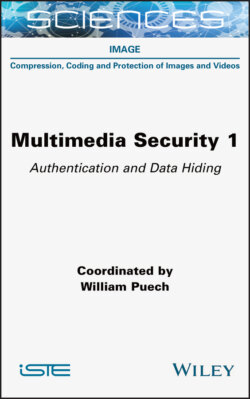Читать книгу Multimedia Security, Volume 1 - William Puech - Страница 16
1.1.3. Issues for law enforcement
ОглавлениеIn the past, confessions, testimonies or photographs were enough to prove guilt. Technologies were not sufficiently developed to mislead investigators. Today, these methods are no longer sufficient and law enforcement authorities need innovative scientific tools to be able to present reliable evidence in court. As technology evolves rapidly, law enforcement agencies must continuously ensure scientific monitoring in order to keep up with the state-of-the-art technology, to anticipate and to have the most recent tools available to detect manipulation and other forms of cheating for malicious purposes. It is essential to maintain a high level of training for the experts responsible for authenticating the images. In fact, the role of the police, and in particular of the technical and scientific police, is to highlight any falsification in order to allow perpetrators to be sentenced, but also to exonerate the persons under judicial enquiry if they are innocent or if their crime cannot be proven. The role of the expert in image authentication is to detect any form of manipulation, rigging or editing aimed at distorting reality. They must be able to answer the following questions:
– Is the image real?
– Does it represent the real scene?
– What is the history of the image and its possible manipulations?
– What is the manipulated part?
– Has the image come from the device that supposedly took it?
In general, it is easier to conclude that an image is falsified than to say it is authentic. Detecting manipulation traces is getting harder over time, as new forgery methods are being developed. As a result, not finding any forgery traces does not prove the image’s authenticity. The level of expertise of the forger should also be taken into account. In fact, the possible traces of manipulation will not be the same depending on whether the author is a neophyte, a seasoned photographer or a special effects professional. The author can also use so-called anti-forensic techniques aimed at masking traces of manipulation so that they become undetectable by experts; it is up to the expert to know these techniques and their weaknesses.
